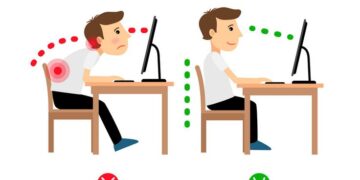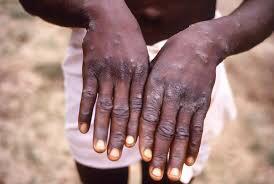Dengue fever, often referred to as “breakbone fever,” is a mosquito-borne viral infection that has become a significant public health concern in tropical and subtropical regions worldwide. The disease is caused by the dengue virus, which is transmitted to humans primarily through the bite of an infected Aedes mosquito, particularly Aedes aegypti. With the increasing global incidence of dengue, it’s crucial to understand its symptoms, prevention strategies, and treatment options.
What is Dengue Fever?
Dengue fever is caused by four distinct serotypes of the dengue virus (DENV 1-4). A person can be infected with any one of these serotypes, and infection with one serotype provides lifelong immunity to that particular strain. However, subsequent infections with different serotypes increase the risk of developing severe dengue, also known as dengue hemorrhagic fever (DHF) or dengue shock syndrome (DSS).
Symptoms of Dengue Fever
Dengue fever usually presents with a sudden onset of high fever, which can last for 2-7 days. Other common symptoms include:
- Severe headache: Often centered behind the eyes.
- Joint and muscle pain: This intense pain gives dengue its nickname, “breakbone fever.”
- Rash: A rash may appear 2-5 days after the onset of fever.
- Nausea and vomiting: Gastrointestinal symptoms are common.
- Fatigue and weakness: These can persist even after the fever subsides.
In severe cases, dengue can progress to DHF or DSS, which are life-threatening conditions characterized by plasma leakage, severe bleeding, organ impairment, and shock.
Diagnosing Dengue Fever
Early diagnosis of dengue fever is crucial for proper management. Laboratory tests are used to detect the virus, its components, or the body’s immune response to the infection. Common tests include:
- NS1 antigen test: Detects the dengue virus antigen in the blood.
- RT-PCR: Identifies the genetic material of the virus.
- IgM/IgG antibody test: Detects the body’s immune response to the virus, which typically appears later in the infection.
Prevention Strategies
Preventing dengue fever primarily involves controlling the mosquito population and avoiding mosquito bites. Here are some key preventive measures:
- Eliminate breeding sites: Aedes mosquitoes breed in stagnant water. Regularly emptying, cleaning, or covering water storage containers can help reduce mosquito breeding.
- Use mosquito repellents: Apply DEET-based repellents to exposed skin and wear long-sleeved clothing, especially during dawn and dusk when Aedes mosquitoes are most active.
- Use mosquito nets: Sleeping under mosquito nets, particularly in areas with high mosquito activity, can provide protection.
- Install screens on windows and doors: This helps keep mosquitoes out of living spaces.
In addition to these measures, the World Health Organization (WHO) has endorsed the use of the dengue vaccine, Dengvaxia, in some endemic areas, though it is recommended only for individuals who have had a prior dengue infection due to the risk of severe disease upon subsequent infections.
Treatment and Management
There is no specific antiviral treatment for dengue fever. Management of the disease focuses on relieving symptoms and preventing complications. Key aspects of treatment include:
- Hydration: Patients are encouraged to drink plenty of fluids to prevent dehydration, a common complication of dengue.
- Fever and pain relief: Paracetamol is often recommended to manage fever and pain. Aspirin and non-steroidal anti-inflammatory drugs (NSAIDs) should be avoided, as they can increase the risk of bleeding.
- Hospital care: Severe cases of dengue, particularly DHF and DSS, require hospitalization for careful monitoring, intravenous fluid administration, and blood transfusions if necessary.
The Global Challenge
Dengue fever continues to pose a significant challenge to public health systems, particularly in countries where the disease is endemic. The rapid urbanization, climate change, and increasing international travel have contributed to the spread of dengue to new regions, making global cooperation essential in controlling its impact.
Public health campaigns that focus on mosquito control, early detection, and community awareness are critical in reducing the burden of dengue fever. As research continues, there is hope that new vaccines and treatments will emerge to better protect those at risk.
Conclusion
Dengue fever is a serious and potentially life-threatening disease that requires vigilance and proactive measures for prevention and management. Understanding the symptoms, risks, and available preventive strategies can help individuals protect themselves and their communities from this growing health threat. As global efforts continue to combat dengue, raising awareness and promoting education will be key to minimizing its impact.





























